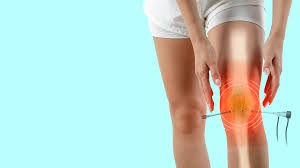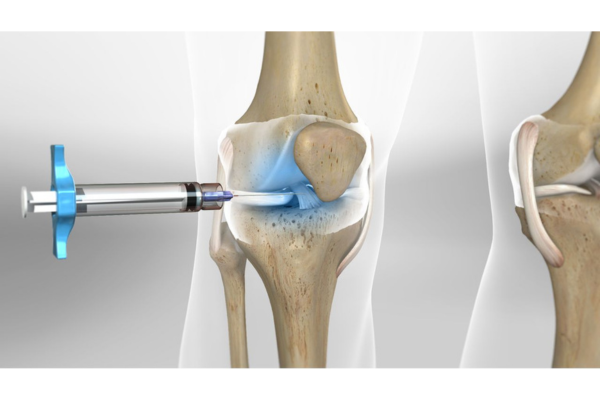How Arthroscopy Can Improve Joint Mobility and Function

Arthroscopy is key in diagnosing and treating joint issues, particularly those affecting mobility and function. This minimally invasive procedure utilizes a specialized instrument known as an arthroscope. It allows medical professionals to visualize, diagnose, and address joint concerns with precision. Arthroscopic procedures are frequently applied to various joints, including the knee and wrist, making them key for mobility challenges. Let’s explore how arthroscopy contributes to joint mobility and functionality.
Perform Minimally Invasive Joint Repair
One of the primary benefits of arthroscopy is its minimally invasive nature. Unlike traditional open surgeries, arthroscopic surgery uses small incisions through which surgeons insert the arthroscope and specialized surgical tools. This approach reduces the extent of tissue disruption, which is fundamental for preserving joint integrity. For instance, less bleeding during the procedure aids in maintaining an optimal surgical environment, contributing to more effective outcomes. The advanced surgical techniques associated with arthroscopy allow for targeted repairs. From addressing torn cartilage to removing inflamed tissue, arthroscopic methods focus on restoring joint movement without extensive collateral damage.
Enhance Recovery While Reducing Risks
Patients undergoing arthroscopic procedures often experience shorter rehabilitation periods compared to those undergoing traditional open surgeries. This is particularly helpful for individuals dealing with mobility-limiting conditions, as quicker recovery allows for a faster return to daily activities. Another advantage is the reduced risk of post-surgery complications. Since arthroscopy involves smaller incisions, it lowers the likelihood of swelling, infection, and scarring. Arthroscopy frequently results in less post-surgery pain, which can enhance the overall recovery experience.
Visualize with Arthroscopic Precision
Arthroscopy’s success is largely attributed to the superior visualization it offers surgeons. The arthroscope features a high-definition camera that transmits real-time images of the joint’s interior onto a monitor. This visualization aids in accurately identifying and addressing joint abnormalities.
For instance, in cases of torn ligaments or cartilage, the clarity provided by arthroscopic visualization makes sure that repairs are targeted and efficient. This focus on precision reduces the margin for surgical error, enhancing joint functionality post-procedure. The ability to visualize the joint with minimal disruption is helpful for assessing less obvious issues that may contribute to mobility challenges.
Improve Joint Mobility Comprehensively
When examining the overall impact of arthroscopy on joint health, its contributions to mobility and function are clear. By combining less invasive techniques with enhanced visualization and precision, arthroscopic surgery addresses a range of joint conditions while minimizing recovery challenges. Patients benefit from quicker rehabilitation, reduced risks, and restored range of motion, underscoring its role as a key tool in joint care.
Arthroscopy plays a core role in modern medical practices focused on mobility restoration. Whether addressing sports injuries, degenerative conditions, or other joint concerns, this approach is firmly established as a solution worth contemplating for its efficiency and results.
Book an Arthroscopy Evaluation Now
Arthroscopy has revolutionized the management of joint conditions, providing a minimally invasive, precise, and effective solution for diagnosis and treatment. Its ability to facilitate faster recovery, reduce complications, and restore function makes it an indispensable tool in modern orthopedics. Schedule your arthroscopy evaluation today to learn more about this procedure and how it addresses your specific concerns.
- What to Expect When Visiting a Foot and Ankle Specialist
- Causes of PTSD
- The Link Between Plantar Fasciitis and Weight Gain: What You Need to Know
- How Pet Ownership Can Positively Impact Life with Fibromyalgia
- The Importance of Stretching and Flexibility in Sports Medicine
Dr. Emma Green is a health and wellness expert with over 10 years of experience in nutrition and fitness. Passionate about helping others live their healthiest lives, Dr. Green shares practical advice on wellness, nutrition, and sustainable living through LivingSpristine.






